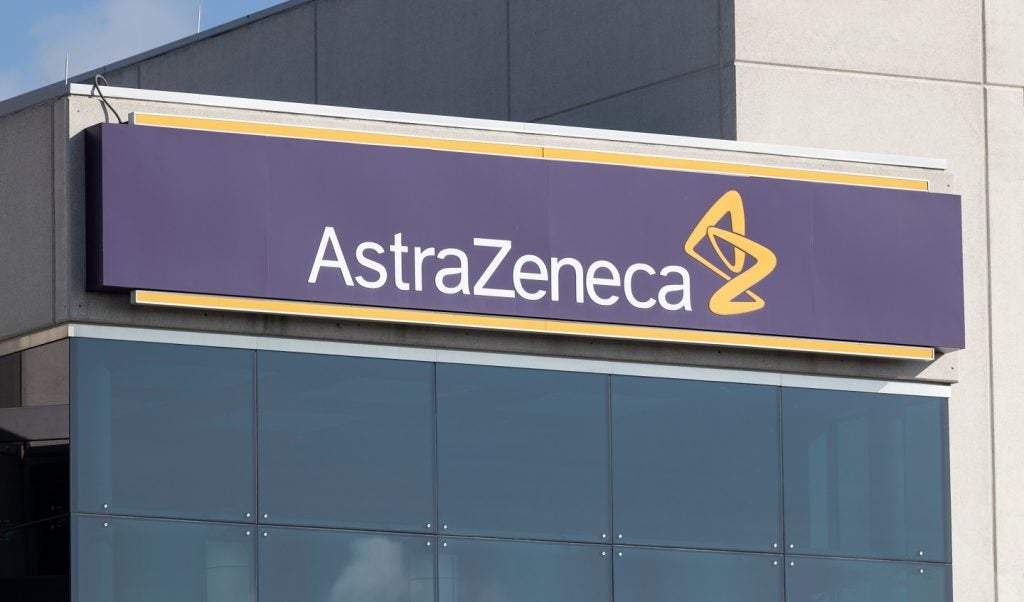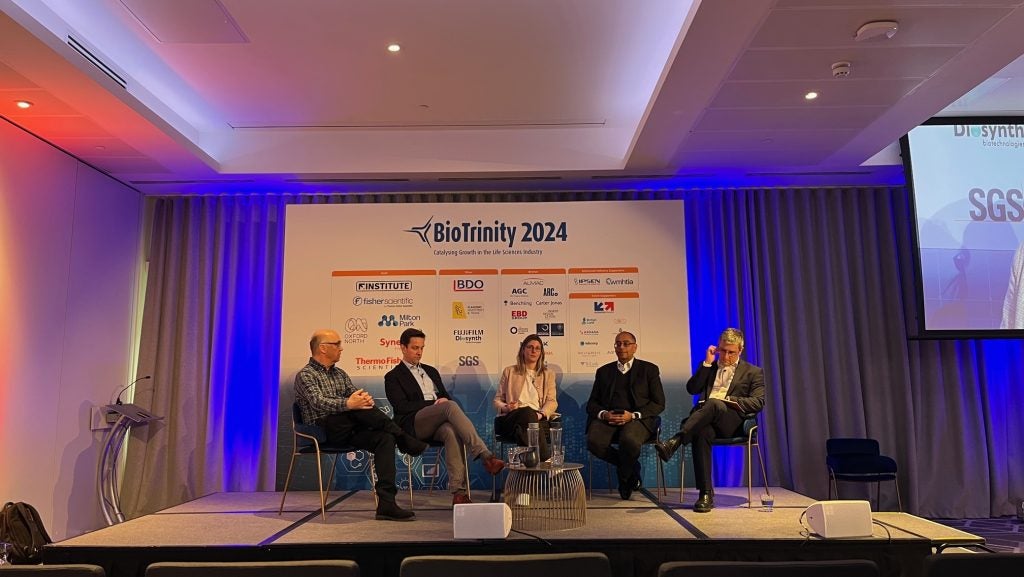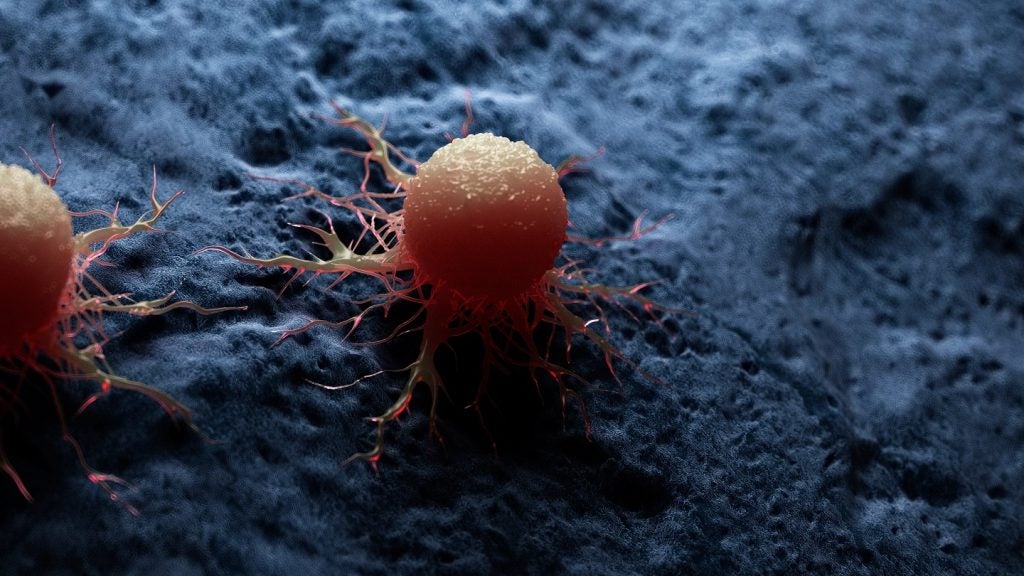Regeneron Pharmaceuticals has collaborated with Mammoth Biosciences to develop in vivo clustered regularly interspaced short palindromic repeats (CRISPR)-based gene editing therapies.
This partnership aims to research, develop, and commercialise treatments that can target multiple tissues and cell types.
As part of the agreement, Mammoth is set to receive $100m, which includes $95m in equity investment at signing, along with an upfront payment from Regeneron.
The company could also receive up to $370m per target in milestone payments, along with royalties on future net sales of all collaboration products.
Additionally, Mammoth retains the option to co-fund and share profits on most collaboration programmes.
Regeneron, in turn, gains broad access to editing technologies of Mammoth for five and a half years, with an option to extend for two more years.
The company’s expertise in developing adeno-associated viral vectors (AAVs) and antibody engineering will be combined with Mammoth's ultracompact nucleases and associated gene editing systems, to create disease-modifying medicines.
These medicines can be delivered to tissues beyond the liver, a current limitation in the field.
Regeneron’s AAVs are being developed using antibody-based targeting to improve genetic medicine payload delivery to specific tissues and cell types.
Regeneron Genetic Medicines senior vice-president and co-head Christos Kyratsous said: “After years spent developing our next-generation delivery approaches, we are eager to combine them with Mammoth’s gene editing systems to better match payload, delivery system and disease type.”
Mammoth Biosciences co-founder and CEO Trevor Martin added: “Mammoth’s ultracompact CRISPR systems address the size constraints of viral delivery and complement Regeneron’s targeted AAV technologies. We look forward to working with Regeneron to enable all-in-one AAV delivery and unlock the true potential of in vivo gene editing.”
Last month, Regeneron secured the US Food and Drug Administration's extended approval of Praluent as an adjunct to diet and other low-density lipoprotein cholesterol-lowering treatment to include paediatric subjects of the age eight and above with heterozygous familial hypercholesterolemia.















